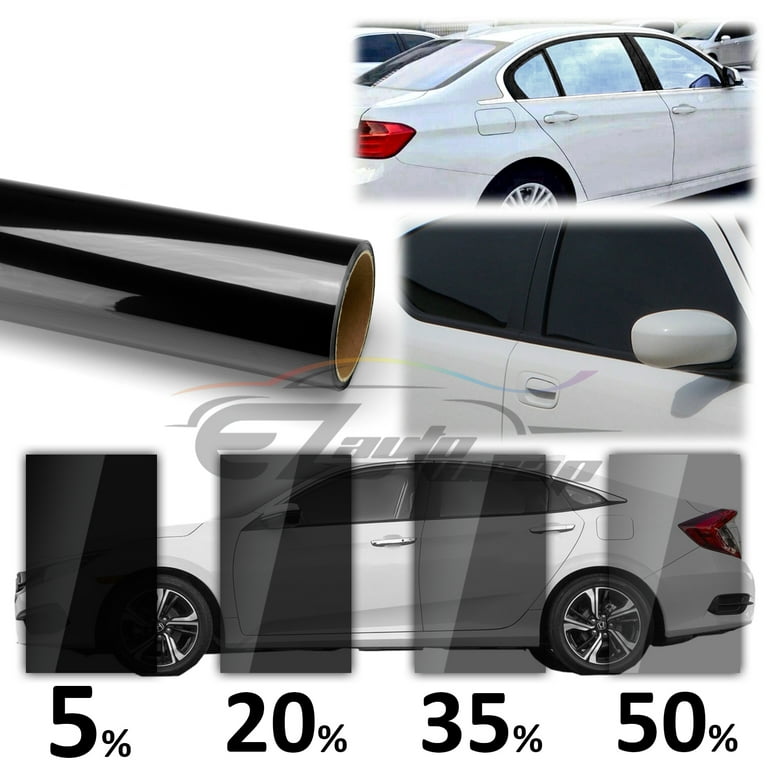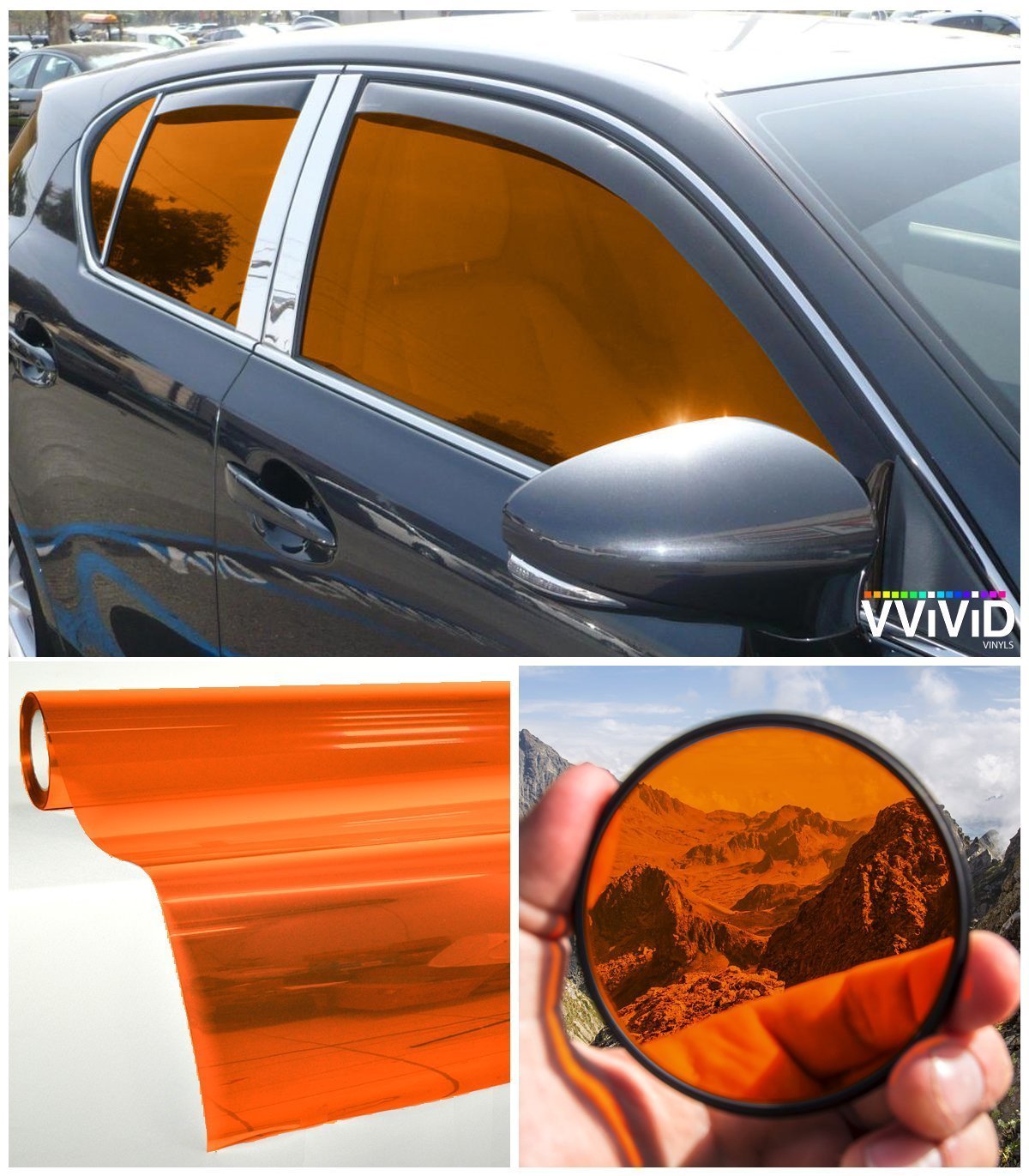Vehicle Window Tinting: Tips for Preserving a Professional Complete
Vehicle Window Tinting: Tips for Preserving a Professional Complete
Blog Article
Window Tinting Laws and Guidelines: What You Required to Know Before Tinting Your Automobile
Prior to proceeding with window tinting for your automobile, it is necessary to acquaint on your own with the diverse legislations and guidelines that govern this method across different states. These policies dictate the permissible levels of tint darkness, frequently gauged by visible light transmission (VLT) percents, and include particular specifications for front windshields intended at guaranteeing roadway security.
Summary of Window Tinting Rules
Home window tinting laws are frequently subject to variation across various territories, mirroring local policies and safety factors to consider. These laws determine the permissible degrees of color darkness and reflectiveness on car windows, ensuring that vehicle drivers keep adequate visibility while also shielding against harmful UV rays and warm.
The majority of policies categorize window tinting based on the Visible Light Transmission (VLT) percentage, which shows the quantity of light that can pass via the window. Usually, reduced VLT portions indicate darker colors. Legislations typically separate between the front, side, and rear windows, with stricter limitations used to the front windshield to enhance security for both the driver and other roadway customers.
Furthermore, some territories enforce constraints on the reflectivity of the tint, preventing excessive glare that might impair presence. Exceptions to these regulations may exist for individuals with details medical problems calling for additional sun security. Conformity with home window tinting policies is essential, as offenses can result in fines, compulsory removal of the color, and possible rises in insurance policy costs. It is necessary for lorry proprietors to acquaint themselves with regional laws before continuing with window tinting installations.
State-by-State Tint Regulations
Understanding the certain window tinting guidelines in each state is important for automobile owners seeking to comply with the regulation. Each state in the united state has actually established its very own set of guidelines regulating window tinting, which can vary significantly. These regulations usually determine the permitted levels of color darkness, the kinds of home windows that can be tinted, and any kind of medical exceptions that may use.
For example, states like California have rigorous limitations on tint darkness for front home windows, while others, such as New Mexico, might enable darker tints. Additionally, specific states mandate particular visibility portions for various windows, consisting of the windscreen, front side windows, and rear windows. It is critical for vehicle owners to familiarize themselves with their state's regulations to prevent potential fines or penalties.
Additionally, some states may call for an accreditation sticker to be placed on colored windows, showing conformity with state regulations. Failure to stick to these guidelines not only runs the risk of lawful effects yet can likewise influence safety and security and visibility while driving. Car owners should perform extensive research or consult local authorities to guarantee complete understanding and compliance with state-by-state tint laws.
Allowed Color Degrees and Kinds
Numerous lorry proprietors might be amazed to learn that enabled color degrees and kinds differ extensively across various states. Each state has actually developed its very own policies pertaining to the permissible darkness and reflectivity of home window tint, usually measured by Visible Light Transmission (VLT) portions. VLT refers visit this page to the amount of light that can travel through the tinted home windows; thus, a lower percentage shows a darker tint.

In addition, the kinds of tint look at these guys materials enabled can differ, with some states forbiding mirror-like or metal finishes. It is necessary for vehicle proprietors to acquaint themselves with their state's certain legislations to make certain conformity. Non-compliance can result in fines, obligatory removal of the tint, or other legal consequences, making it imperative to recognize these regulations prior to continuing with installment.
Medical Exceptions for Tinting
While not all states offer allocations for clinical exemptions regarding window tinting, those that do recognize the need for certain individuals to enhance visibility and convenience as a result of medical conditions. Different clinical conditions, such as lupus, skin cancer cells, and specific eye disorders, can provide individuals specifically delicate to sunlight. These people may call for darker tints to safeguard themselves from hazardous UV rays and glare.
It is essential to keep in mind that despite a medical exemption, there might still be restrictions on the degree of tint permitted. Compliance with state legislations guarantees that people are both secured and within lawful limitations. Those considering clinical exceptions should contact their neighborhood Department of Electric motor Cars or equivalent authority to recognize the procedures and requirements needed to look for an exemption efficiently.
Penalties for Non-Compliance
Stopping working to conform with home window tinting laws can bring about significant fines, which vary by state. Police are empowered to provide citations for automobiles that do not stick to the defined tinting guidelines. These charges normally consist of fines, which can range from modest total up to numerous hundred dollars, depending upon the extent of the violation and the state concerned.
In some jurisdictions, repeated offenses might result in escalating penalties or added fines, such as compulsory court looks. Moreover, non-compliance may necessitate the removal of prohibited tinting, often at the proprietor's expense. In severe situations, habitual transgressors might encounter suspension of their lorry registration till compliance is accomplished.
Additionally, insurance ramifications might occur from obtaining several citations for home window color infractions. Insurance companies may view such infractions as an indication of riskier behavior, possibly resulting in enhanced costs or difficulty in coverage.
To prevent these penalties, it is essential for lorry proprietors to familiarize themselves with their neighborhood home window tinting laws and make sure that their lorry complies (Window Tinting). This aggressive approach not only stays clear of lawful ramifications yet additionally promotes road security
Verdict

Many laws classify home window tinting based on the Visible Light Transmission (VLT) percentage, which suggests the amount of light that can pass with the home window. Compliance with home window tinting policies is crucial, as violations can result in penalties, required elimination of the tint, and prospective rises in insurance policy costs.Understanding the particular home window tinting guidelines in each state is crucial for car owners seeking to abide with the regulation. These laws typically dictate the permitted degrees of color darkness, the types of home windows that can be tinted, and any type of clinical exceptions that might apply.
For circumstances, states like California have stringent limitations on tint darkness for front home windows, while others, such as New Mexico, may enable darker tints.
Report this page